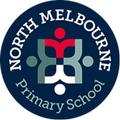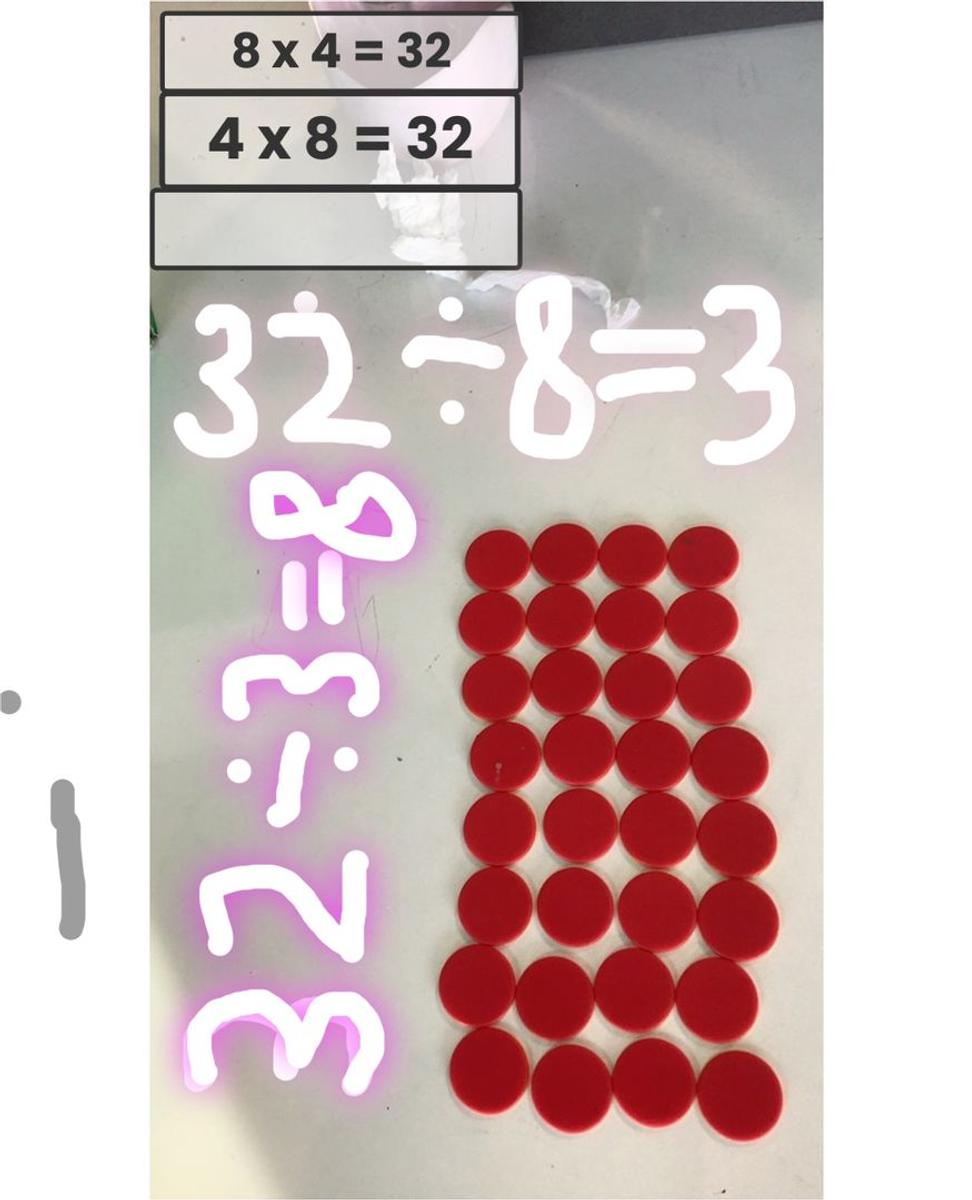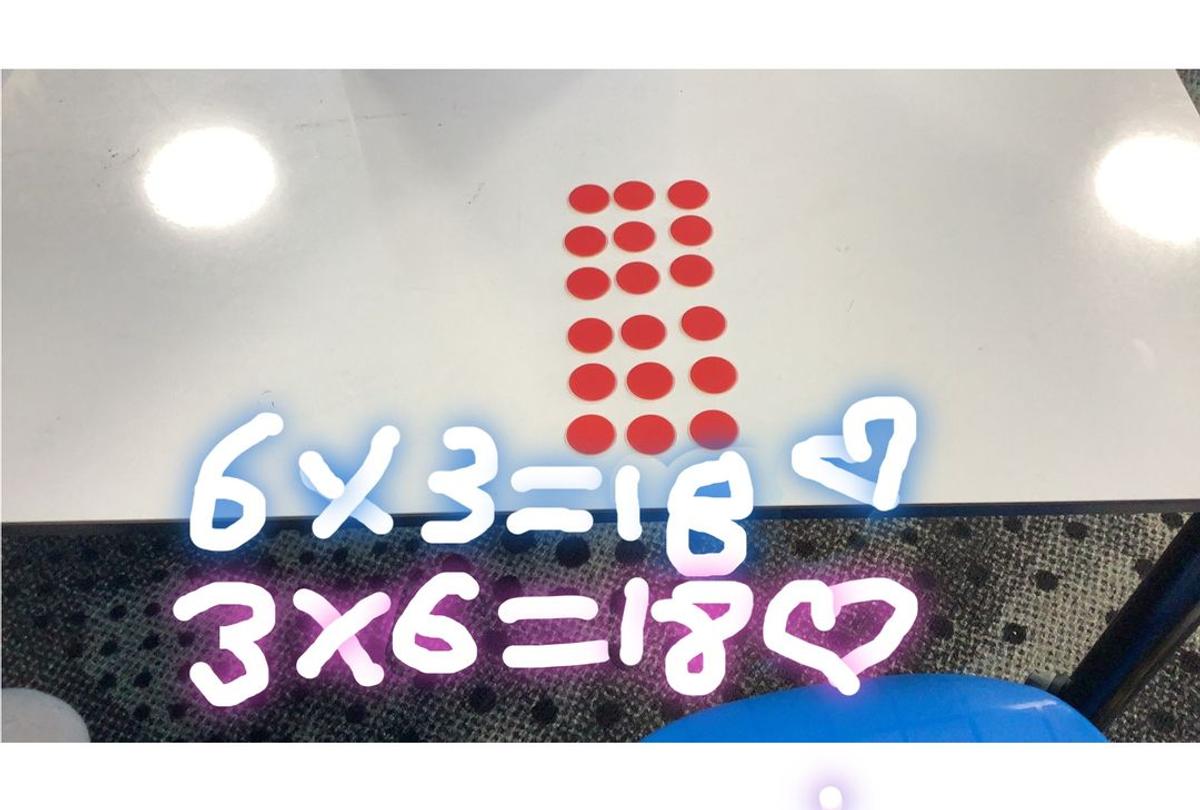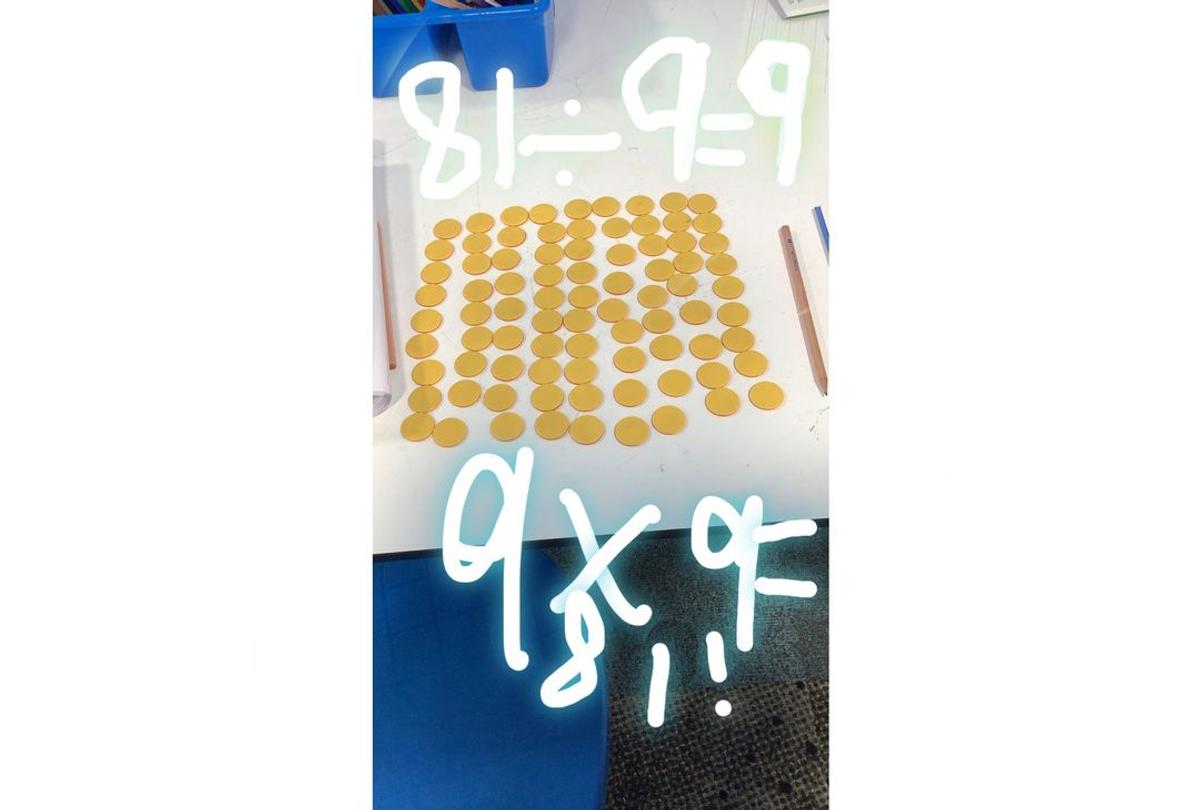Year 2 News

From Sally, Year 2 Teacher
Persausive Texts
The last two weeks in Writing has seen the Grade 2s continue with persuasive texts, this time debating whether flying or invisibility would be the greater superpower. The students then discussed a range of topics they felt passionate about, such as their access to social media and what time they're allowed to go to bed and attempted to write pieces which convinced the reader one way or another. The cohort wondered whether this debate would continue home, and if so, whether you'd agree with their reasons for and against? To strengthen their arguments, we again practised the use of high modality words, such as definitely, absolutely and should. We also revisited connecting words to assist with the argumentative flow of our pieces, such as firstly, secondly and lastly.
Reading
We have practised various comprehension skills across a wide range of texts, these include summarizing, visualising, and inferring meaning from images. We have also begun to explore verb and noun groups and their impact on meaning. Verb groups include the auxiliary, or "helping" verbs, such as be, have and do. In Phonics we have explored suffixes and prefixes that alter the meaning of words, including, un-, re-, less and -,y. As well as this, we have looked at the grapheme 'ch' as /k/ and 'ch' as /sh/, and the long a sound as /air/ /are/ and /ear/.
Maths
Has seen us explore strategies that help us understand and solve multiplication problems, including skip counting and arrays. The students have worked through skip counting in 2s, 5s and 10s with fluency games that put their understanding and speed to the test.
The students have used physical tools such as beaded strings and hundreds chart to assist them. Another power strategy we teach is using arrays. An array is a group of objects arranged in rows and columns. For example, if we have 3 rows with 4 apples in each row, we can count all the apples by multiplying:
3 rows × 4 apples = 12 apples.
Arrays help students see what multiplication means — repeated groups of the same number. They also support visual learners and build a strong foundation for more advanced math skills later on, like area and division. At home, you might spot arrays in everyday life — egg cartons, muffin trays, or even window panes! Pointing these out can be a fun way to connect maths learning to the real world.
Hummanities
We have begun exploring how the past shapes the present. The students have created personal timelines from birth to now, helping them understand the order of events and how we change over time. Using Jeannie Baker’s Where the Forest Meets the Sea, students have explored how human actions affect the natural environment, sparking thoughtful discussions about cause and effect. Next, we’ll investigate significant cultural and spiritual sites in Australia and explore how daily life during our parents’ and grandparents’ childhoods compares to life today—looking at family traditions, leisure time, and communication across generations.



